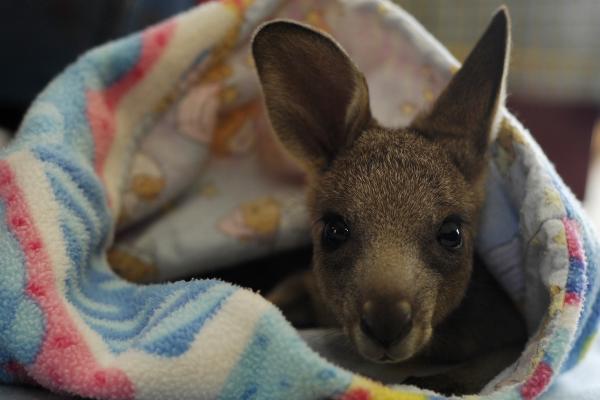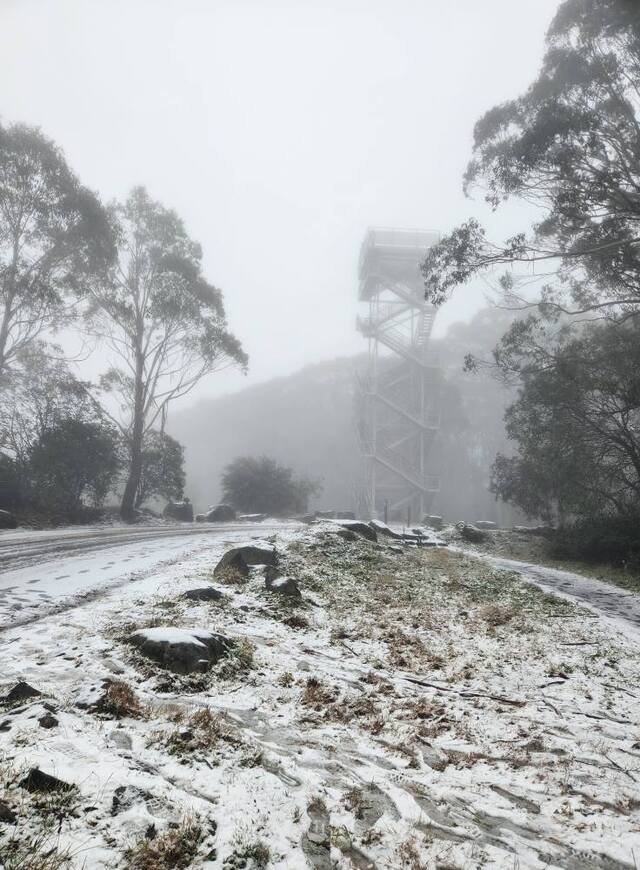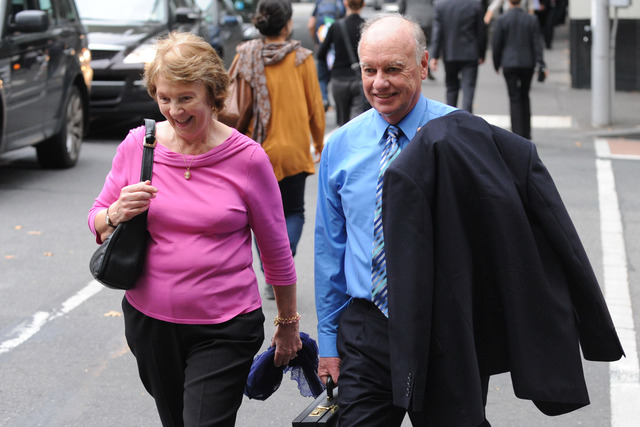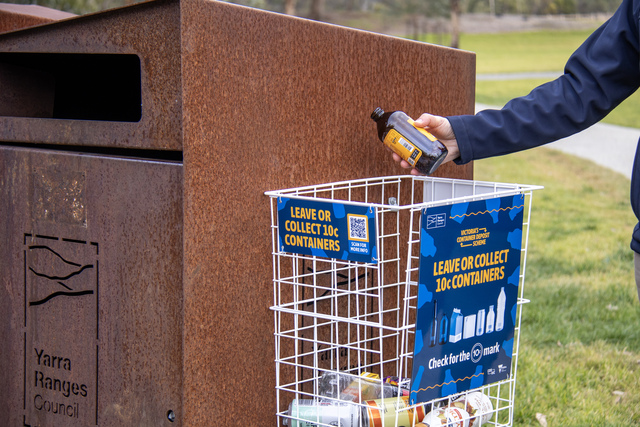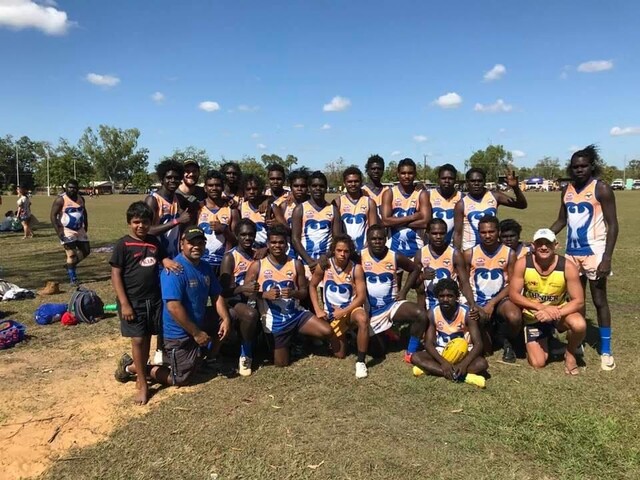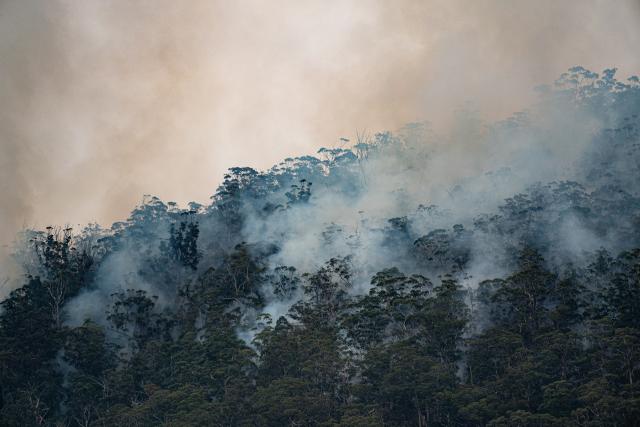Gerry Ross remembers embers falling from a night-like sky into the Healesville Sanctuary grounds on Black Saturday.
The sanctuary’s life sciences manager of animal health said it was about 8pm on Saturday 7 February.
“I can still remember driving to work thinking that the hill looked like it was on fire, am I actually going to be able to get home from work today?,” she said.
“It was really quite eerie and weird.
“Then we saw embers falling on the lawns out here.”
They had to figure out what to do with the animals, and quickly, and were soon evacuating them to the Melbourne and Werribee zoos.
“We focused on threatened species at the sanctuary and the more iconic species that are hard to replace and really valuable,” she said.
“Unfortunately we couldn’t move everything.
“At that time we hadn’t really thought that that could happen to us.
“We weren’t the best prepared.
“We now every year have drills and we have a really solid plan of what we do if it’s a code red day.”
Ms Ross said the park would be closed on a declared a code red day, and limited staff would be on site purely to work on the sanctuary’s code red plan.
“We don’t want visitors here because we have to look after the animals,” she said.
She said they’d assessed the most genetically viable animals to relocate from the sanctuary, how to keep the animals left behind safe, and how the watering system works under pressure.
They have enough boxes and in the right sizes for transporting the animals, and have made sure they’ll fit into the available vehicles.
It’s all to avoid stressing them out if an emergency evacuation does need to take place.
“We’re really prepared from a looking-after-our-animals perspective,” she said.
“No matter how prepared you are there’ll be things that catch us by surprise, and emotions that are brought up from previous times.
“There are still a lot of people here from that time. Their experience will help us deal with it better next time as well.”
Ms Ross manages the Australian Wildlife Health Centre.
“From the hospital perspective we didn’t see any animals come in that day (Black Saturday). It was really quiet,” she said.
“The following day really hit us a bit more.
“We had a couple of animals coming in that were quite severely burnt.
“It was quite horrific seeing them and that they survived that.
“We had a wildlife carer come in whose place had been burnt out.”
Ms Ross said the badly burnt animals needed bandage changes every two to three days for weeks on end.
“Each bandage change would take us a good hour, hour and a half,” she said.
“Often it was four feet that were really severely burnt.”
Eastern grey kangaroos were the most common patient, but the casualty list also included echidnas, wombats, bird species, possums and lace monitors.
They had to euthanise some of the most severely burnt animals.
“We also went out to wildlife carers’ places that were local who often had lots of animals in their care. Rather than them bringing in, went to them,” she said.
“Our focus was on the really sick intensive care animals that needed rehabilitation.
“We had nurses and vets come to us from Melbourne Zoo and Werribee and assist us.
“Everyone was there to help each other.
“I feel like I was running on adrenaline through that time. It’s a blur.
“We were doing extra-long hours.
“You get home and you’re exhausted, and you sleep ready for the next day, not knowing what might come in.”
The influx of injured animals continued weeks after the fires as people returned to their homes and found malnourished or burnt creatures.
“The echidnas were with us for months and months,” she said.
“Their quills were all burnt. We had to make sure they’d regrow before they went back out so they could protect themselves.”
Koalas were a challenge, because there was no vegetation left for them.
“We had two koalas for a long period. We got permission from DELWP (Department of Environment, Land, Water and Planning) to release them in different location to where we found them, with a known food source,” she said.
“I suppose for the kangaroos, the grass comes back a bit quicker.”
Ms Ross remembered it being dark for days after Black Saturday, and fire threatening Healesville for weeks.
“There were lots of unknowns,” she said.
“What do we do for our animals and our staff, how do we support everyone through that?”
The sanctuary is better prepared should another catastrophic event ever occur.

